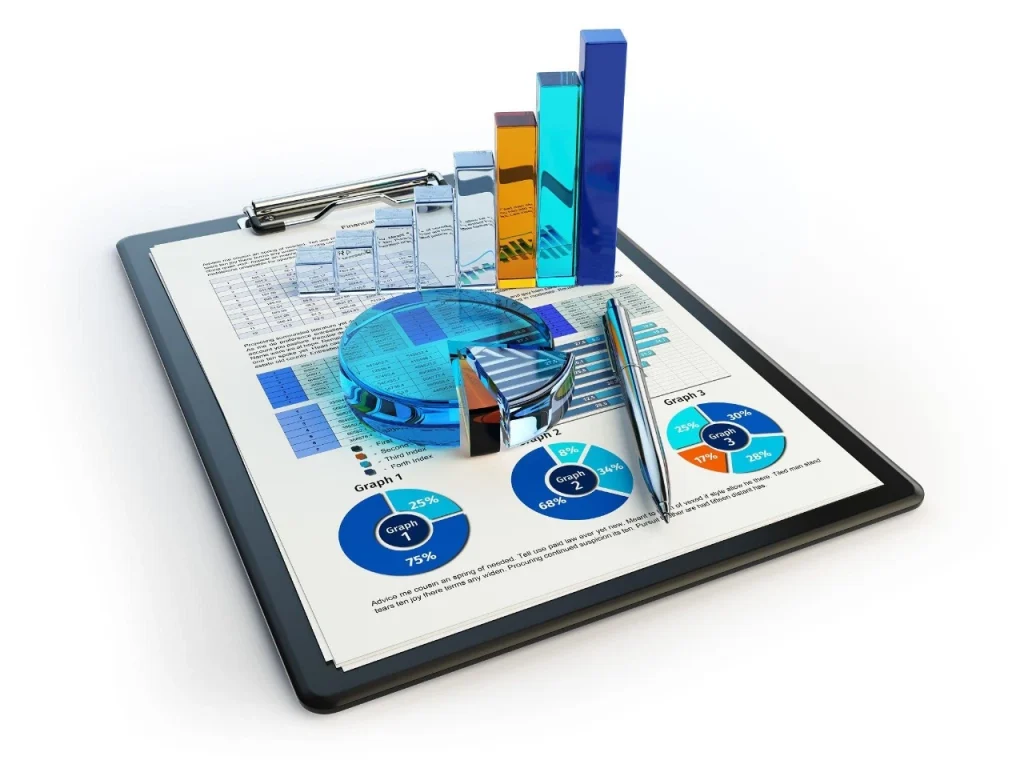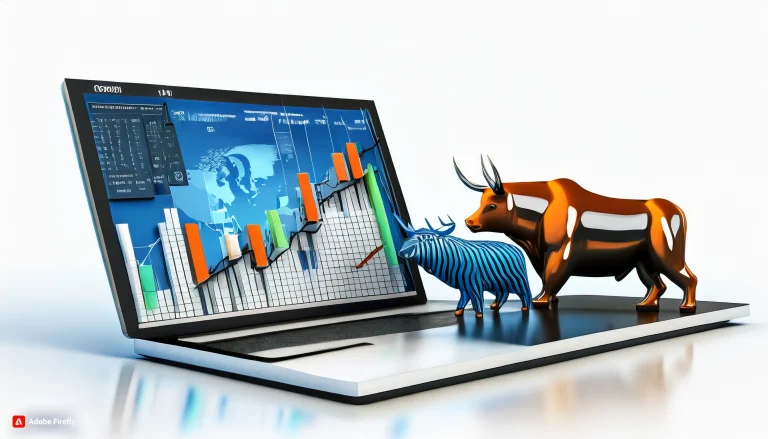In the complex tapestry of global finance, the most valuable currency plays a pivotal role in delineating a nation’s economic health and its position on the world stage. This blog delves into the realms of the 10 most valuable currencies in the world, offering insights into the economic dynamics that confer their high value and their broader impact on the global economy.
Kuwaiti Dinar (KWD)
At the pinnacle of the list, the Kuwaiti Dinar stands as the most valuable currency globally. Its supremacy is a direct result of Kuwait’s prolific oil exports and strategic reserves, underscoring the intrinsic link between natural resources and currency value.
Bahraini Dinar (BHD)
The Bahraini Dinar, another most valuable currency, owes its strength to Bahrain’s diversified economic practices. Although less reliant on oil compared to Kuwait, Bahrain’s investment in the banking and tourism sectors ensures the Dinar’s robust standing.
Omani Rial (OMR)
Ranked third among the world’s most valuable currencies, the Omani Rial exemplifies the economic benefits of diversification. Oman’s focus on trade, petroleum, and tourism, coupled with its political stability, bolsters the Rial’s value.
Jordanian Dinar (JOD)
The Jordanian Dinar’s status as a most valuable currency is particularly noteworthy, given Jordan’s limited oil resources. Its strength stems from rigorous currency regulation, a stable economy, and a unique position of political stability in a turbulent region.
British Pound Sterling (GBP)
Among the most valuable currencies, the British Pound Sterling stands out for its historical legacy and global recognition. The UK’s advanced and diverse economy, together with London’s status as a financial hub, solidifies the Pound’s strong position.
Cayman Islands Dollar (KYD)
The Cayman Islands Dollar ranks as the most valuable currency, primarily due to the country’s prominence as an offshore financial haven. The absence of direct taxation and a flourishing financial sector elevate the KYD’s value.
European Euro (EUR)
The Euro, the central most valuable currency in the European Union, commands its place due to the collective economic prowess of the Eurozone countries. As one of the most traded currencies, it plays a vital role in the global financial system.
Swiss Franc (CHF)
The Swiss Franc, a symbol of monetary stability, is regarded as the most valuable currency worldwide. Switzerland’s economic strength, policy of neutrality, and banking laws have cemented the CHF’s position as a safe-haven currency.
US Dollar (USD)
The US Dollar, the world’s primary reserve currency, is an undisputed most valuable currency. Its dominance is backed by the United States’ massive economy, global trade influence, and political power.
Singapore Dollar (SGD)
Completing this list of the most valuable currencies is the Singapore Dollar. Singapore’s strategic position, advanced economy, political stability, and robust legal system contribute significantly to the SGD’s high valuation.
Significance of Most Valuable Currency
The concept of the most valuable currency extends beyond mere economic indicators. It encompasses a country’s fiscal policies, inflation rates, trade balances, and political stability. While a most valuable currency often reflects a strong economy, it brings with it challenges such as pricier exports and altered trade dynamics.
The Global Influence of a Most Valuable Currency
The global impact of possessing the most valuable currency is substantial. Countries with strong currencies attract foreign investment and are seen as stable economic powerhouses. However, the high value of a currency can also affect export competitiveness, necessitating a delicate balance in economic strategies.
Conclusion
In conclusion, the 10 most valuable currencies in the world are not just financial instruments; they are reflections of their countries’ economic fortitude, strategic policies, and global standing. The designation of the most valuable currency is both a badge of honor and a continuous challenge, requiring careful economic stewardship to maintain a balance between national and international economic interests. As the world’s financial landscape evolves, so too will the status of these currencies, reminding us of the dynamic nature of global economics.




















